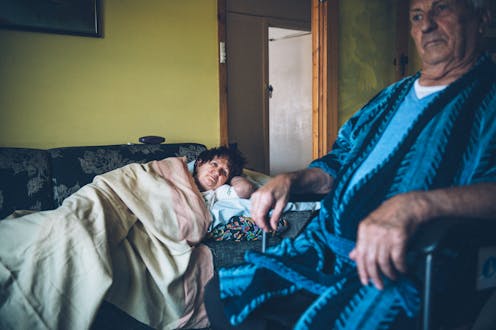
“Allergic disease” and eczema cases are spiking due to the current freak weather as the Bureau o...

When the clock strikes midnight on New Year’s Eve, Sydney will ring in 2026 powered by a high-volt...

Australians can choose where they shop for groceries. If one supermarket lifts prices, reduces q...

Are you on the lookout for some delicious recipes to indulge in with your family and friends this ...

Operation Christmas New Year has begun with NSW Police stepping up visibility and cracking down ...

For the holiday season, FOLLOW.ART introduces a new kind of gift for art lovers, cultural supporte...

The duo reunite as friends to embrace 2026’s biggest dating trend
After a year of headlines, v...

1. What science can currently say (and what it can’t)
Consciousness in science
Modern neurosci...

In the dynamic world of digital marketing, the currency is attention, and the ultimate signal of t...


















